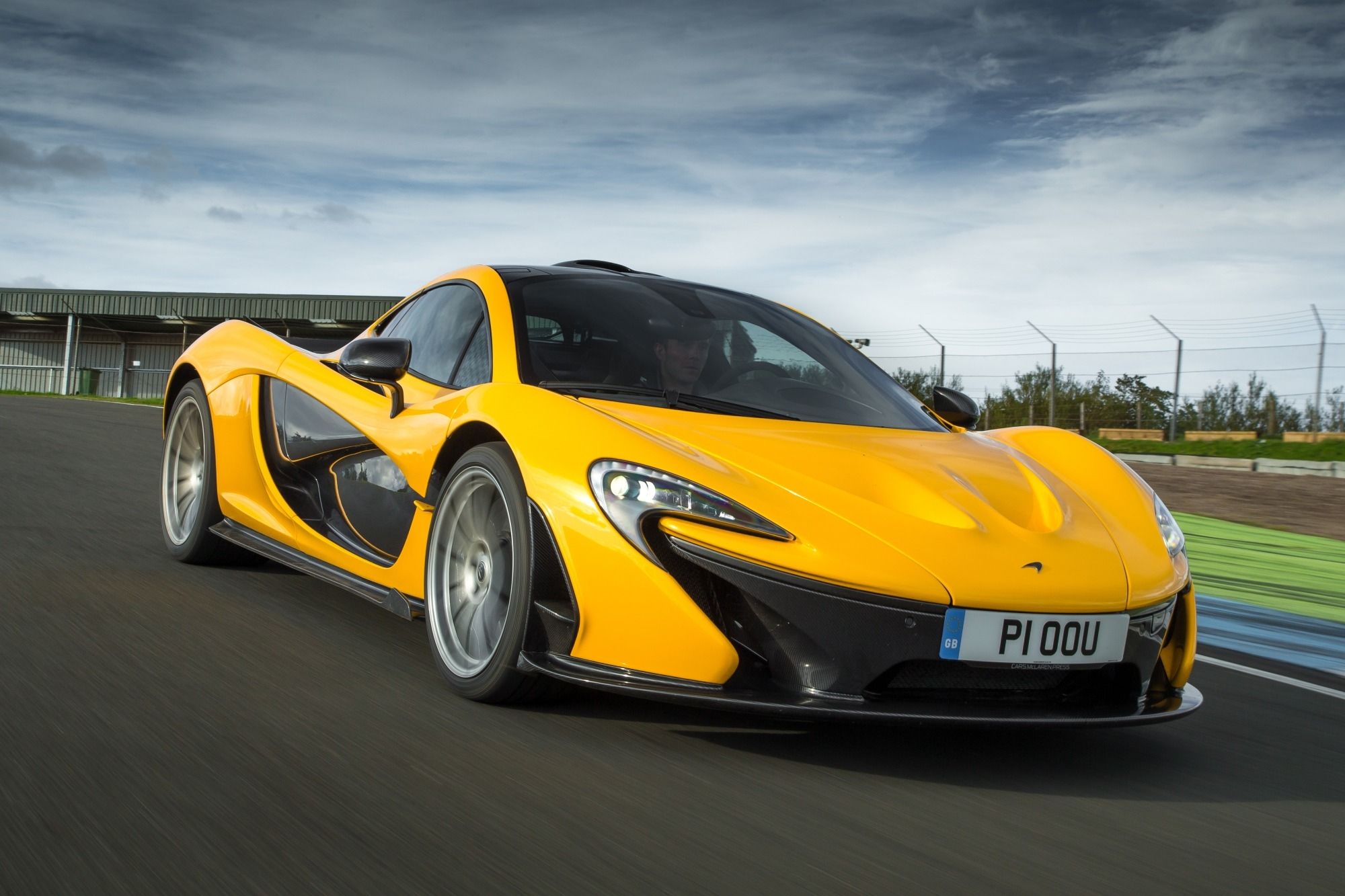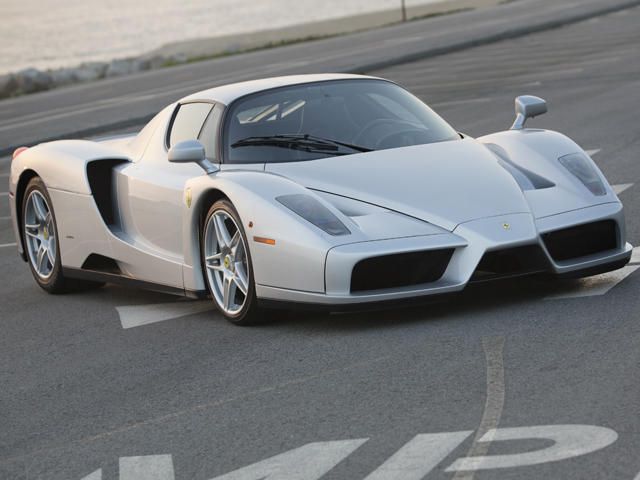
This year we will bear witness to two more Formula 1-derived hypercars in the form of Ferrari's Enzo successor and the McLaren P1, which will both incorporate the latest F1 tech into their respective bodies, transmissions and powerplants. They will be joining an ultra-elite club, including the Acura NSX, Ferrari F40 and F50, as well as lesser known cars including the insane Caparo T1. We've chosen five of the best of these F1-inspired supercars as we look forward to two new additions coming our way in 2013. Check them out.
Built in 2002 using F1 technology, including a carbon-fiber body and an F1-style electrohydraulic shift transmission, the Ferrari Enzo stands as one of the most capable performance cars ever devised. With just over 3,000 lbs of weight to propel, its 6.0-liter V12 drives 660 horsepower to the rear wheels through a six-speed sequential gearbox resulting in a 0-60 mph time of 3.3 seconds and a 218mph top speed, all kept in check by some of the first carbon-ceramic brakes ever put on a road car.
Largely the work of two men, Ben Scott-Geddes and Graham Halstead, both of whom had quite a bit of involvement in designing the McLaren F1, the Caparo T1 is essentially a F1 car with a carbon-fiber body and a few essential elements tacked on. With a total weight of just 1,000 lbs, it features an adjustable twin element front wing, single element rear wing, fowler flaps, and a ground effect diffuser. It's powered by an all-aluminum, naturally-aspirated Menard 3.5-liter V8 that produces 575 hp and 310 lb-ft of torque, but can reach as much as 700hp when using methanol. Zero to sixty comes in "less than 2.5 seconds" and the T1 can hit a top speed of 205mph. Base price is about $480,000.
From its conception, the McLaren F1 was heavily influenced by the company's Formula One experience and technology. Originally chief engineer Gordon Murray wanted Honda to build the engine for the F1, as McLaren's F1 Grand Prix cars were using Honda engines at the time. However it refused and the F1 ended up with a BMW engine: a 6.1-liter V12 rated at 627 horsepower, which helps propel the centrally-mounted driver from standstill to 62 mph in 3.2 seconds and onto a top speed of 243 mph. McLaren built it between 1993 and 1998 and at the time it was the world's fastest car. It remains the world's fastest naturally-aspirated car.
Red Bull worked with the Polyphony game designers as it sought to create what it envisioned an F1 race car would look like without any sort of regulations required. The result is the X1 prototype. While it'll never be approved for professional racing, it looks superb and is powered by an F1-derived, direct- injected, twin-turbo V6, totaling 1,483 horsepower at 15,000 rpm and 526 lb-ft of torque at 12,000.
The Mercedes-McLaren joint venture supercar was designed to mark a new era in automotive technology in the GT car field, combining McLaren's F1 racing knowledge and Mercedes' car building nous. Inspired by the 1955 300 SLR (not to be confused with the legendary 300SL of the same era), itself a modified Mercedes-Benz F1 race car, the SLR McLaren is powered by a handcrafted supercharged V8 with 617 horsepower and mated to a five-speed automatic with three separate manual modes. It can go from 0-62 mph in 3.1 seconds and has a top speed of 220 mph. During its lifetime, it spawned several variants including the Stirling Moss Edition, and the final McLaren Edition.

